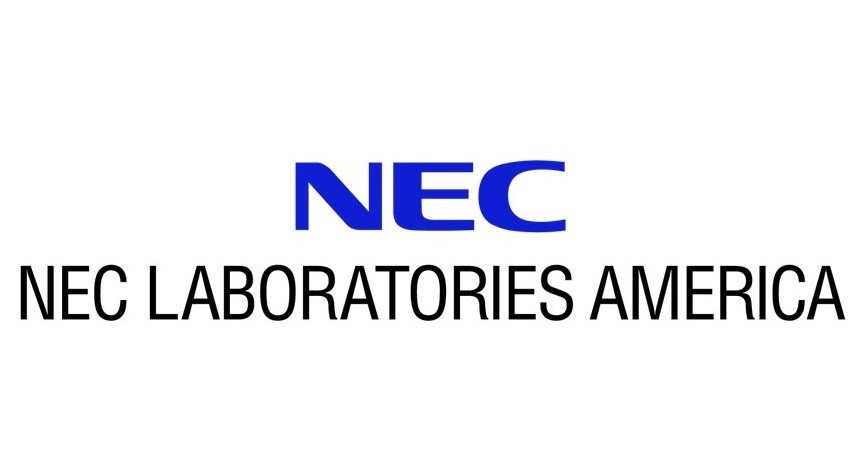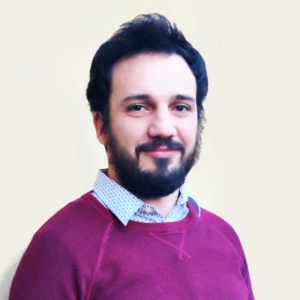A Smart Sensing Grid for Road Traffic Detection Using Terrestrial Optical Networks and Attention-Enhanced Bi-LSTM
We demonstrate the use of existing terrestrial optical networks as a smart sensing grid, employing a bidirectional long short-term memory (Bi-LSTM) model enhanced with an attention mechanism to detect road vehicles. The main idea of our approach is to deploy a fast, accurate and reliable trained deep learning model in each network element that is constantly monitoring the state of polarization (SOP) of data signals traveling through the optical line system (OLS). Consequently, this deployment approach enables the creation of a sensing smart grid that can continuously monitor wide areas and respond with notifications/alerts for road traffic situations. The model is trained on the synthetic dataset and tested on the real dataset obtained from the deployed metropolitan fiber cable in the city of Turin. Our model is able to achieve 99% accuracy for both synthetic and real datasets.


